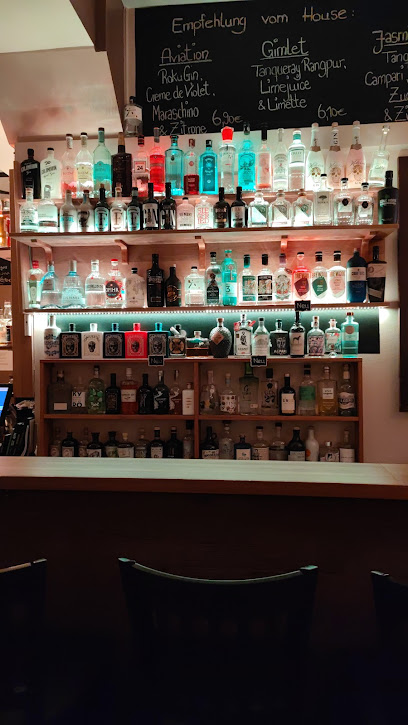
Nymphenbad: A Baroque Jewel in Dresden
Discover the enchanting Nymphenbad in Dresden's Zwinger Palace, a Baroque fountain adorned with intricate sculptures and a serene atmosphere, reflecting the city's rich cultural heritage.
Nestled within the Zwinger Palace complex in Dresden, the Nymphenbad is a captivating Baroque fountain renowned for its intricate sculptures and serene atmosphere. Designed by Matthäus Daniel Pöppelmann and featuring sculptures by Balthasar Permoser, this enchanting courtyard offers a tranquil escape from the bustling city. The fountain's design showcases mythological sea creatures and nymphs, creating a visually stunning spectacle. As one of the most beautiful historical fountains in Dresden, the Nymphenbad provides a glimpse into the opulent artistry of the Baroque era. Its location near other iconic landmarks like the Semper Opera House and Dresden Castle makes it a must-see destination for any visitor exploring the city's rich cultural heritage. Whether you're an art enthusiast or simply seeking a moment of peace, the Nymphenbad promises an unforgettable experience.
A brief summary to Nymphenbad Dresden
- Theaterplatz 1, Dresden, Altstadt, 01067, DE
- +4935149142000
- Visit website
Local tips
- Visit during off-peak hours (early morning or late afternoon) to avoid crowds and enjoy a more peaceful experience.
- Take a guided tour of the Zwinger Palace to learn about the history and significance of the Nymphenbad and other attractions.
- Check for seasonal events or performances that may be taking place at the Zwinger Palace during your visit.
- Combine your visit to the Nymphenbad with a visit to the nearby Semper Opera House and Dresden Castle for a comprehensive cultural experience.
- Bring a camera to capture the intricate details of the sculptures and the overall beauty of the fountain.
Getting There
-
Walking
From Theaterplatz, the Nymphenbad is easily accessible on foot. Head towards the Zwinger Palace entrance. Once inside the Zwinger complex, follow the signs directing you to the Nymphenbad, located near the Rampart Pavilion. The walk is short and offers views of the Zwinger's architecture.
-
Public Transport
If arriving by tram or bus, the closest stops are 'Theaterplatz' or 'Postplatz'. From either stop, walk towards Theaterplatz and the Zwinger Palace. Enter the Zwinger complex and follow the signs to the Nymphenbad. A single tram or bus fare within Dresden costs approximately €2.50-€3.00.
-
Taxi/Ride-Share
A taxi or ride-share from Dresden Hauptbahnhof (main train station) to the Zwinger Palace will cost approximately €11-€14, depending on traffic. Ask the driver to drop you off at Theaterplatz, from where you can easily walk to the Zwinger entrance and then to the Nymphenbad.
-
Driving
If driving, be aware that parking near the Zwinger Palace is limited. Several parking garages are available, including 'Q-Park Haus Postplatz' and 'Tiefgarage Altmarkt-Galerie Dresden'. Parking fees typically range from €2-€3 per hour. From the parking garage, walk towards Theaterplatz and enter the Zwinger complex to reach the Nymphenbad.
Discover more about Nymphenbad Dresden
Iconic landmarks you can’t miss
Dresden Armory
0.3 km
Discover a dazzling collection of ceremonial arms, armor, and Ottoman treasures inside Dresden Castle, revealing centuries of Saxon power and artistry.
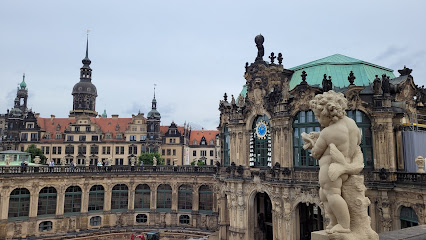
Postplatz
0.3 km
Discover Postplatz in Dresden: A historic square blending transportation, modern architecture, and access to iconic landmarks like Zwinger Palace and the Frauenkirche.

Statue des Hl. Dominikus
0.3 km
Discover the Statue of St. Dominic in Dresden's Stallhof, a serene monument amidst Renaissance splendor, offering a glimpse into the city's rich religious and artistic heritage and historical charm.
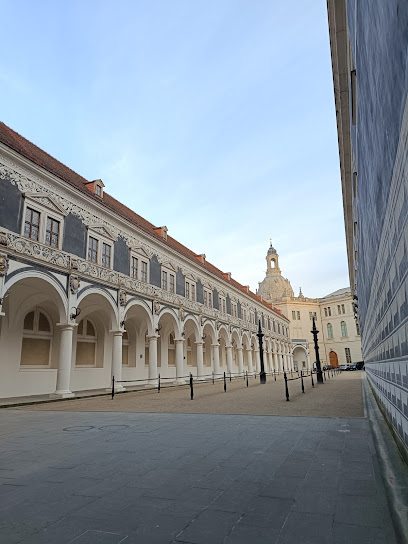
Schloßpl.
0.3 km
Experience Dresden's royal legacy at Schloßplatz, a meticulously restored square surrounded by architectural masterpieces and steeped in Saxon history.
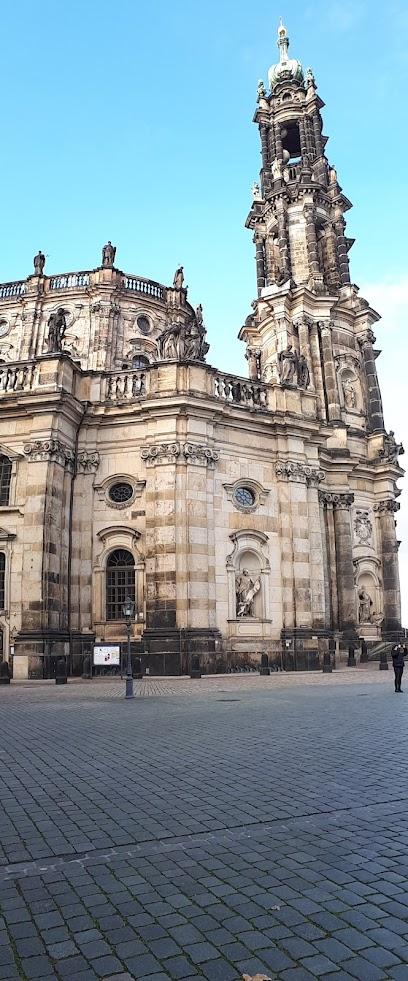
Dinglinger-Haus
0.4 km
Experience the grandeur of Baroque Dresden at the meticulously reconstructed Dinglinger House, a testament to the city's rich history and architectural brilliance, located in the heart of the Neumarkt.
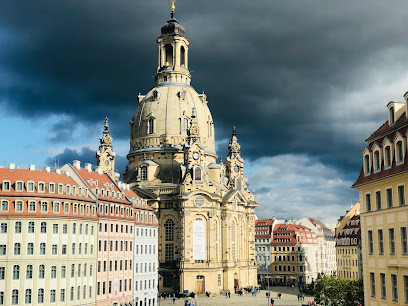
Große Meißner Str. 15
0.5 km
Explore the architectural beauty of Dresden-Neustadt, where history meets modern culture in an unforgettable journey.

Altmarkt 1
0.6 km
Discover Dresden's historic heart at the Altmarkt, a vibrant square hosting the famous Striezelmarkt and surrounded by cultural landmarks, offering a blend of history and modern-day appeal.
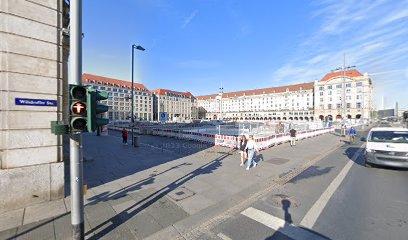
Martin Luther Statue
0.6 km
A towering bronze statue in Dresden's Neumarkt, honoring Martin Luther and the Reformation amidst stunning baroque architecture, symbolizing resilience and historical significance.
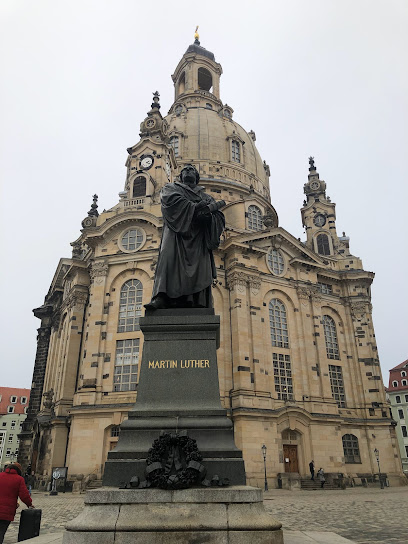
Frauenkirche Dresden
0.6 km
Experience the stunning beauty and rich history of Frauenkirche Dresden, a symbol of resilience and cultural heritage in the heart of the city.

Dome ascent Frauenkirche Dresden
0.6 km
Ascend Dresden's iconic Frauenkirche dome for breathtaking panoramic views and experience a symbol of resilience, rebirth, and reconciliation in the heart of the city's historic center.
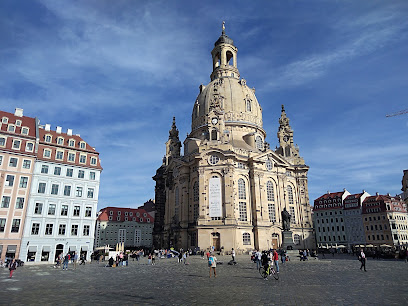
Friedrich August II Koenig Von Sachsen
0.6 km
A regal monument in Dresden's heart, commemorating King Friedrich August II and Saxony's rich history amidst the stunning architecture of the reconstructed Neumarkt.

Brühl's Terrace
0.6 km
Discover Brühl's Terrace, a breathtaking historical landmark in Dresden, offering stunning views and rich cultural experiences in the heart of the city.
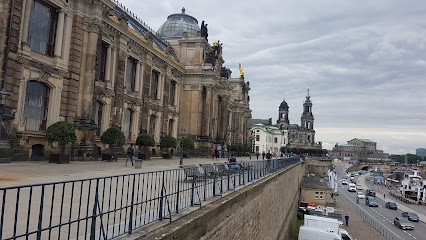
Narrenhaus-Denkmal
0.7 km
Discover the Narrenhaus-Denkmal in Dresden, a captivating tribute to humor and artistry in the heart of the city.
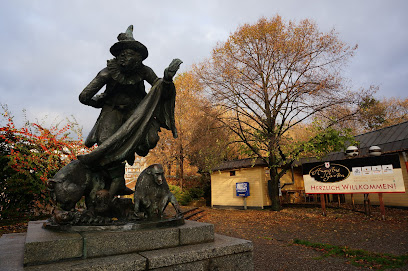
Festung Xperience (Festung Dresden)
0.7 km
Unearth Dresden's hidden past at Festung Xperience: an immersive journey through 450 years of history within the city's ancient fortress walls, featuring 360° projections and 3D sound.
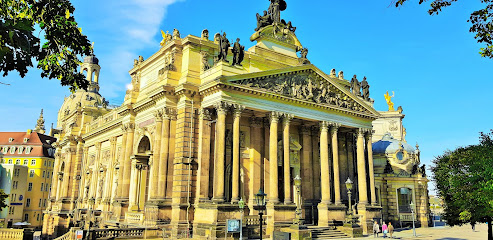
Großer trauernder Mann
0.7 km
A poignant bronze sculpture in Dresden, the Großer Trauernder Mann serves as a powerful memorial to the victims of the WWII bombing, inviting reflection on loss and resilience.
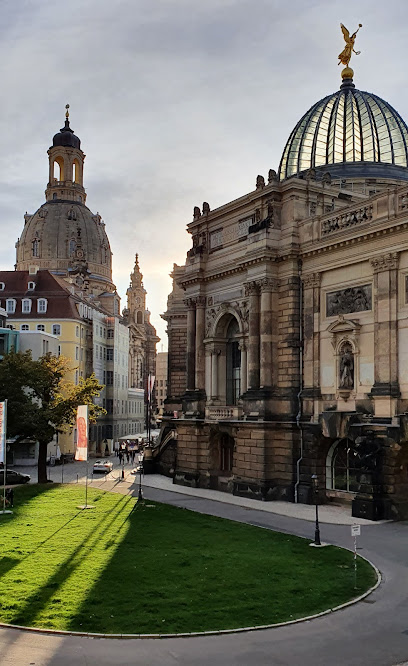
Unmissable attractions to see
Zwinger Xperience
0.0 km
Experience the opulent Baroque architecture and rich art collections at Zwinger Xperience, a must-visit museum in Dresden.
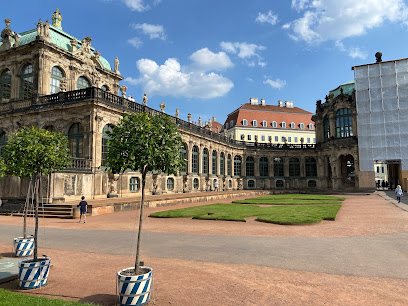
Old Masters Picture Gallery
0.1 km
Explore the Old Masters Picture Gallery in Dresden, a treasure trove of European art featuring masterpieces by Raphael, Rembrandt, and Vermeer.
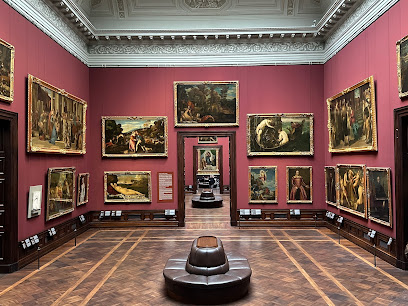
Dresden Zwinger
0.1 km
Explore the stunning Baroque architecture and rich art collections at Dresden Zwinger, a must-visit historical landmark in the heart of Dresden.
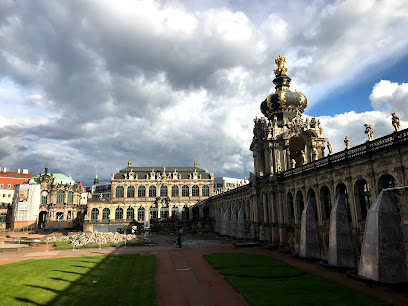
Zwinger
0.1 km
Discover the Baroque splendor and artistic treasures of the Zwinger, a historical landmark and museum in the heart of Dresden.
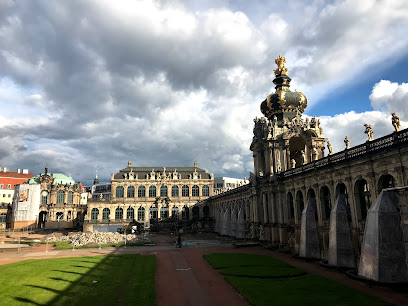
Semperoper Dresden
0.1 km
Experience the beauty of opera, ballet, and concerts at the iconic Semperoper Dresden, a must-visit destination for culture lovers.
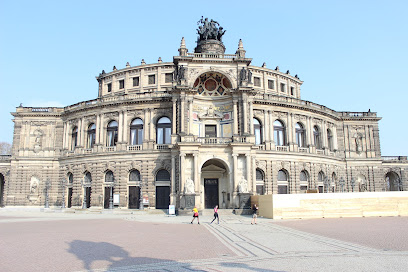
Kronentor
0.1 km
Discover the Kronentor, a spectacular historical landmark in Dresden, gateway to the exquisite Zwinger Palace and its artistic treasures.
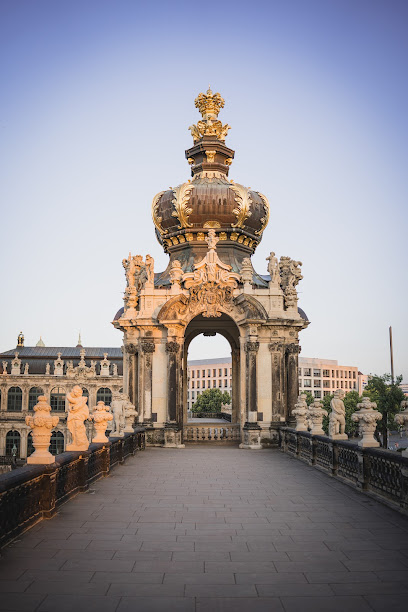
Statue of King Johann
0.2 km
Discover the Statue of King Johann in Dresden, a stunning historical landmark that captures the essence of Saxony's rich heritage and artistic legacy.

Semper Zwei
0.2 km
Experience the magic of Semper Zwei, Dresden's iconic opera house, where every performance tells a story of artistic excellence and cultural heritage.

Theaterplatz Dresden
0.2 km
Explore Theaterplatz, Dresden's historic square surrounded by stunning architecture and vibrant cultural experiences.
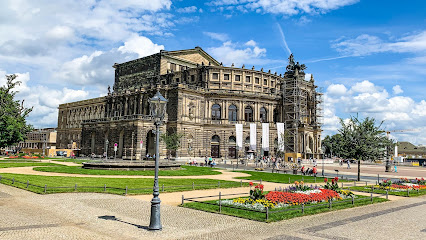
Theaterplatz
0.2 km
Experience the cultural heart of Dresden at Theaterplatz, where stunning architecture, vibrant events, and artistic spirit converge.
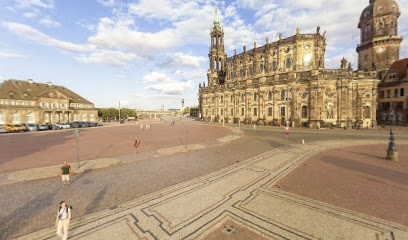
Porzellansammlung
0.2 km
Explore the exquisite porcelain collection at Porzellansammlung, Dresden's renowned museum showcasing art and craftsmanship from centuries past.

SKD | Porcelain Collection
0.2 km
Explore the exquisite SKD Porcelain Collection in Dresden, a museum where history and artistry come together through stunning porcelain treasures.
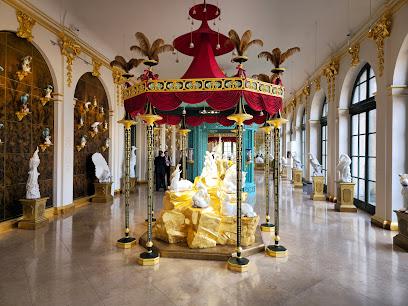
Staatsschauspiel Dresden
0.2 km
Discover the rich cultural heritage of Dresden at Staatsschauspiel, a premier performing arts theater offering diverse and captivating theatrical performances.
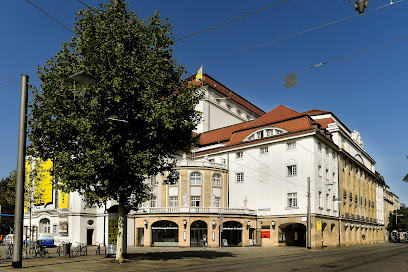
Green Vault
0.2 km
Explore the Green Vault in Dresden, home to stunning art and historical treasures that captivate and inspire every visitor.
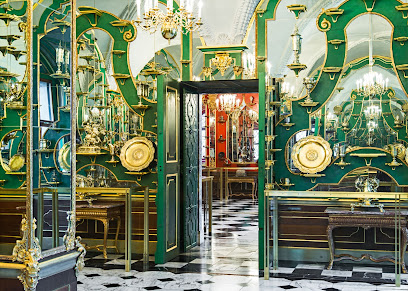
SKD | Green Vault
0.2 km
Explore the opulent treasures of the Green Vault in Dresden, a captivating art museum and historical landmark showcasing exquisite Saxon craftsmanship.
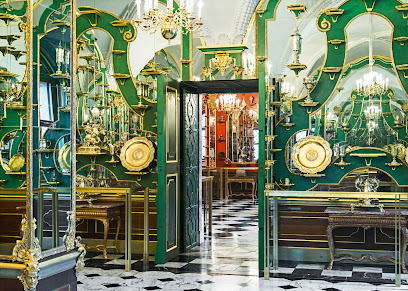
Essential places to dine
Alte Meister Café & Restaurant
0.0 km
Experience exquisite dining at Alte Meister Café & Restaurant in Dresden - where tradition meets contemporary culinary art.

Sophienkeller im Taschenbergpalais
0.2 km
Experience exquisite Saxon cuisine in an elegant setting at Sophienkeller im Taschenbergpalais in Dresden.
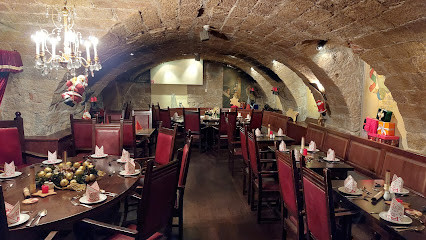
Kastenmeiers
0.3 km
Experience the finest seafood and sushi at Kastenmeiers, Dresden's top-rated fine dining destination nestled in the heart of Altstadt.
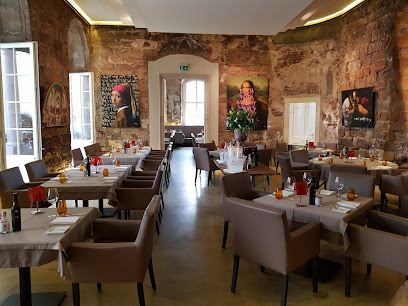
Felix Restaurant
0.3 km
Experience exquisite modern European cuisine at Felix Restaurant in Dresden's Altstadt - where flavor meets elegance.

Paulaner´s im Taschenbergpalais
0.3 km
Discover authentic German cuisine at Paulaner’s im Taschenbergpalais in Dresden's historic Altstadt - where tradition meets elegance.
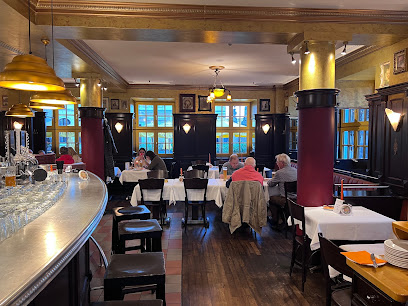
Kahnaletto
0.3 km
Dine on a charming theater barge at Kahnaletto - where authentic Italian cuisine meets breathtaking views along the Elbe River.
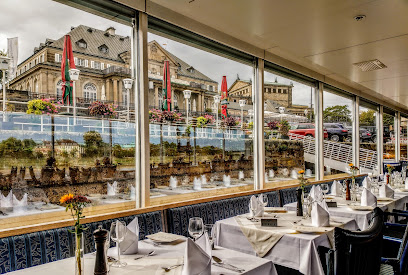
Restaurant Wohnstube
0.4 km
Experience the fusion of local flavors and modern cuisine at Restaurant Wohnstube in Dresden.
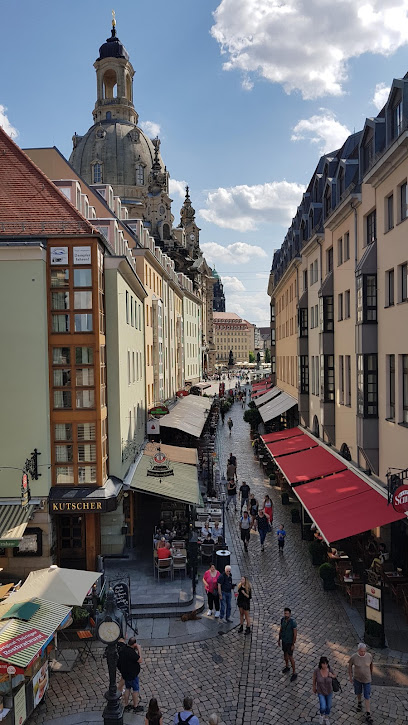
Restaurant Platzhirsch am Schlosseck
0.4 km
Experience authentic German cuisine in the heart of Dresden at Restaurant Platzhirsch am Schlosseck - where tradition meets modernity.
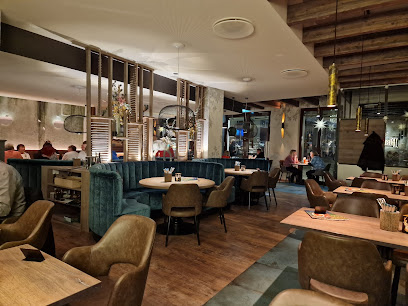
Restaurant finesse
0.5 km
Experience authentic German cuisine at Restaurant Finesse in Dresden's historic Altstadt - a culinary delight awaits you.

HANS IM GLÜCK - DRESDEN Altmarkt
0.5 km
Discover gourmet burgers at HANS IM GLÜCK - DRESDEN Altmarkt; where taste meets style in the heart of Dresden.
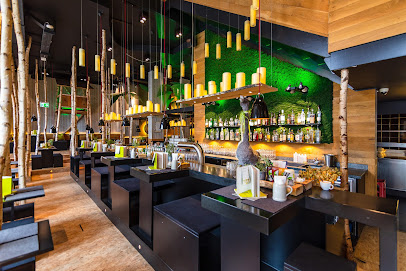
Restaurant brennNessel Dresden
0.5 km
Experience innovative vegetarian cuisine at Restaurant brennNessel in Dresden's historic Altstadt – where every meal is a celebration of flavor.
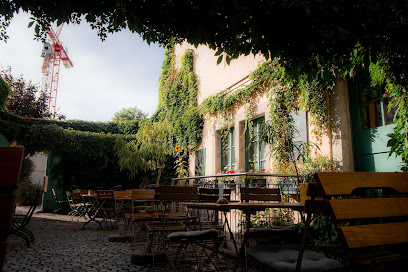
Wilma Wunder Dresden
0.5 km
Experience authentic German cuisine at Wilma Wunder in Dresden – where tradition meets modern culinary artistry.

Ayers Rock
0.6 km
Experience authentic Australian cuisine in Dresden at Ayers Rock - where every meal is a flavorful adventure.
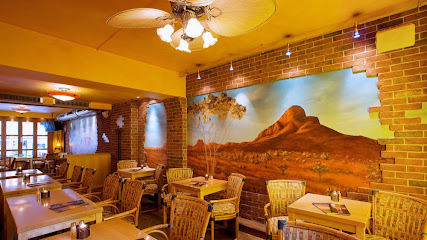
Kutscherschänke - Uriges Wirtshaus
0.6 km
Experience authentic German cuisine at Kutscherschänke - a rustic restaurant that captures the heart of Dresden's culinary scene.
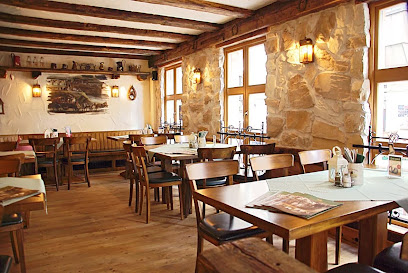
edelweiss - Alpenrestaurant
0.6 km
Savor authentic Swiss cuisine at Edelweiss - Alpenrestaurant in Dresden; where tradition meets taste in a stunning setting.
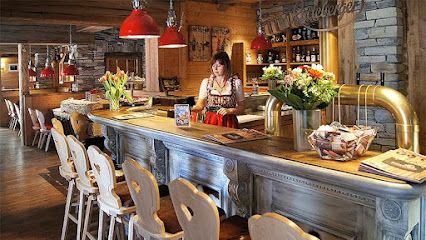
Markets, malls and hidden boutiques
Lindt Boutique Dresden
0.4 km
Experience the exquisite world of chocolate at Lindt Boutique Dresden, where every bite is a moment of pure indulgence.
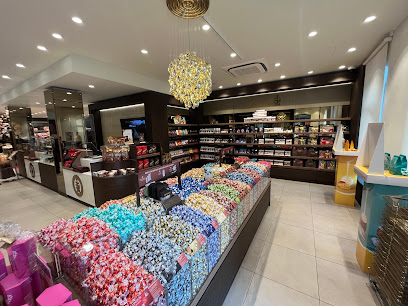
LA DONNA Exklusive Damenmode Dresden
0.4 km
Discover exclusive women's fashion at LA DONNA in Dresden, where style and elegance converge for an unforgettable shopping experience.
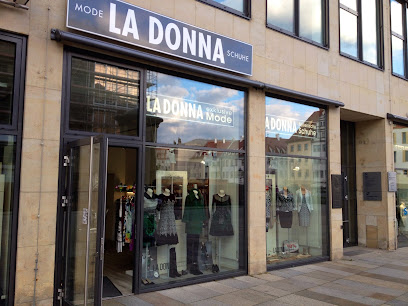
camel active Store Dresden
0.4 km
Explore stylish and durable casual clothing at the Camel Active Store in Dresden's enchanting Altstadt, perfect for fashion enthusiasts and tourists alike.
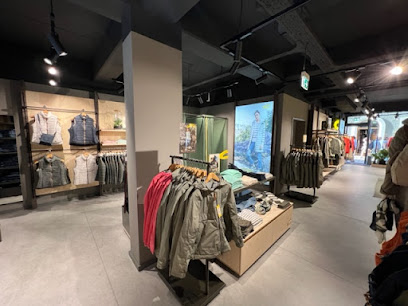
Silbermann Fashion GmbH
0.4 km
Discover exquisite clothing and custom tailoring at Silbermann Fashion in Dresden, where style meets craftsmanship for men and women.
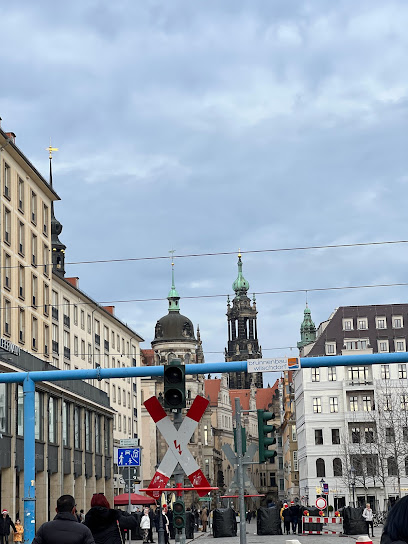
Flying Tiger Copenhagen
0.4 km
Explore the delightful and affordable gift options at Flying Tiger Copenhagen in Dresden, a whimsical shopping destination for unique finds.
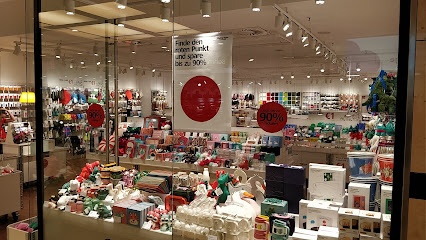
MUDDASTADT
0.4 km
Discover unique gifts and local crafts at MUDDASTADT, the ultimate souvenir shop in Dresden's historic Altstadt.
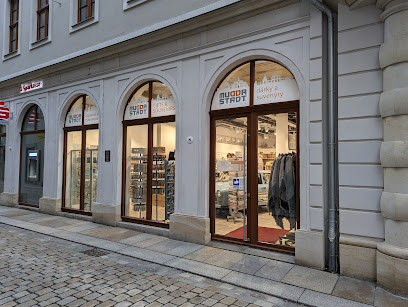
Dresden Souvenirs
0.4 km
Discover unique souvenirs that capture the essence of Dresden's rich culture and history at Dresden Souvenirs, a must-visit gift shop in the heart of the city.
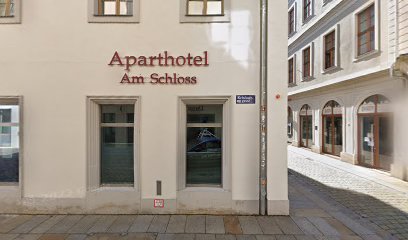
Hollister Co.
0.4 km
Explore the laid-back California style at Hollister Co. in Dresden, your ultimate destination for trendy fashion and accessories.
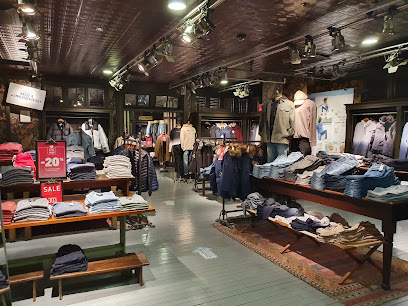
Kunsthandwerk in der Altmarkt-Galerie
0.4 km
Discover unique handcrafted gifts and souvenirs at Kunsthandwerk in der Altmarkt-Galerie, a treasure trove of local artistry in Dresden.

BOSS Store Dresden
0.4 km
Discover contemporary elegance and style at BOSS Store Dresden, a premier shopping destination for fashion enthusiasts.
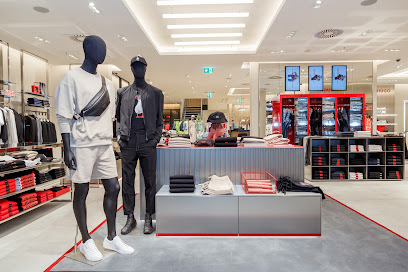
Flying Tiger
0.4 km
Discover a treasure trove of quirky souvenirs and delightful finds at Flying Tiger in the heart of Dresden's Altstadt.

Stefanel
0.4 km
Explore the elegance of women's fashion at Stefanel Boutique, a stylish stop in Dresden's historic Altstadt.
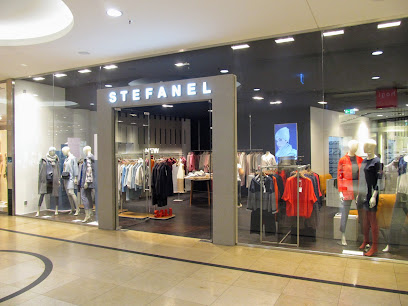
ONLY
0.5 km
Explore the latest women's fashion at ONLY in Dresden, where style meets comfort in a chic shopping environment.
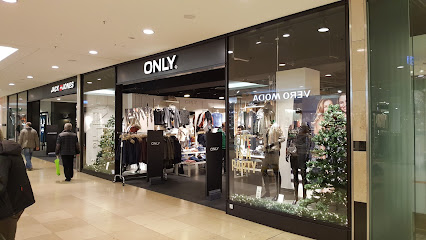
Wolford Boutique Dresden
0.5 km
Explore fashion elegance at Wolford Boutique Dresden, your destination for luxurious lingerie and chic women's clothing in the heart of the city.

Fürst Romantik und Nostalgie Dresden
0.5 km
Explore Fürst Romantik und Nostalgie Dresden for exquisite chinaware and unique souvenirs that capture the spirit of this historic city.
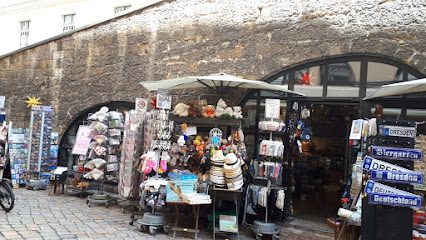
Essential bars & hidden hideouts
Bar 1705 - Dresden
0.3 km
Experience unparalleled luxury at Bar 1705 in Dresden, where exquisite cocktails and a chic ambiance await you.
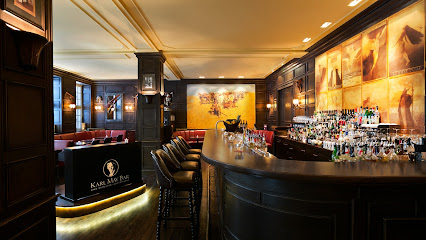
AMARO Bar - Dresden
0.3 km
Experience the vibrant nightlife of Dresden at AMARO Bar, where expertly crafted cocktails meet a cozy and inviting atmosphere.
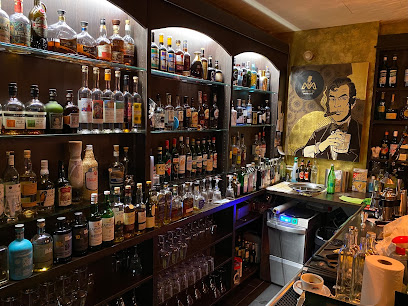
Schlossbar
0.4 km
Experience the elegance of Schlossbar in Dresden with exquisite drinks and a sophisticated atmosphere, perfect for unwinding after a day of exploration.
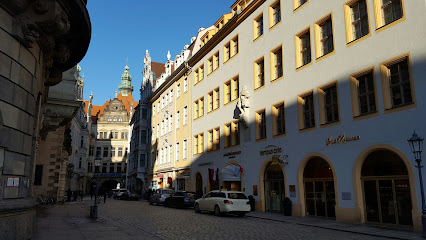
Shamrock Irish Bar & Restaurant
0.4 km
Discover Shamrock Irish Bar & Restaurant - an authentic Irish pub in the heart of Dresden, offering delightful cuisine and a lively atmosphere.
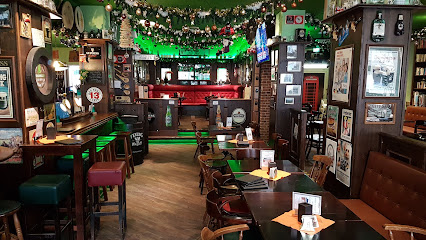
Pianobar
0.4 km
Discover the enchanting Pianobar in Dresden, where live music and exquisite cocktails create an unforgettable nightlife experience.
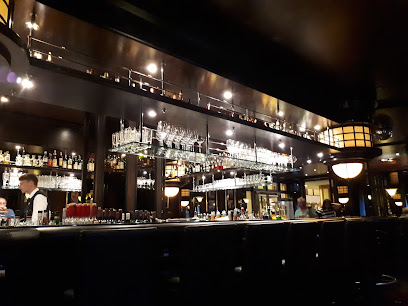
Cocktailbar Pervak
0.5 km
Experience the vibrant and innovative cocktail culture at Cocktailbar Pervak in the heart of Dresden's Altstadt, where every drink tells a story.
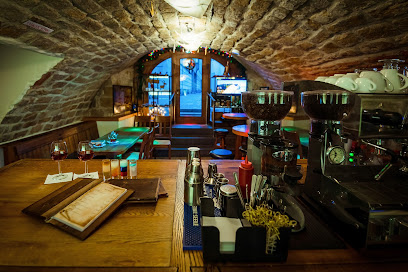
Roof-Top Bar im Vienna house
0.5 km
Discover the Roof-Top Bar in Vienna House: Where breathtaking views meet exquisite drinks in the heart of Dresden's vibrant nightlife.
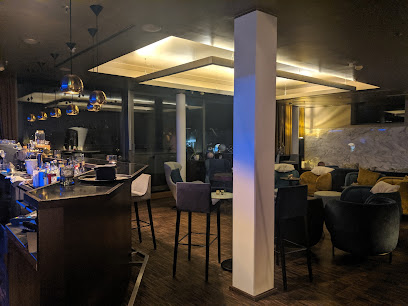
Champagner Lounge
0.6 km
Experience the elegance of Champagner Lounge in Dresden, where a remarkable champagne selection meets a vibrant nightlife atmosphere.
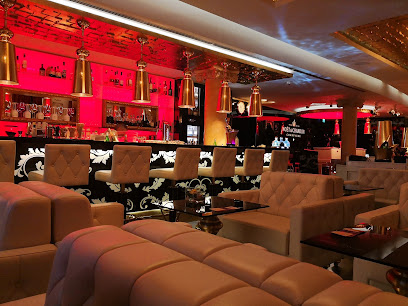
Volt Bar
0.7 km
Discover the lively Volt Bar in Dresden, blending exquisite drinks with a vibrant atmosphere for an unforgettable night out.
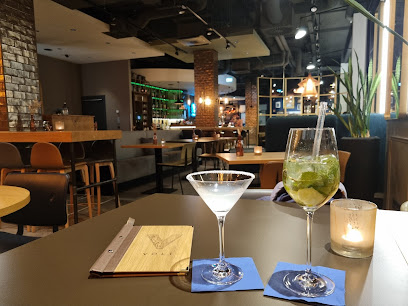
Gin House Dresden
0.7 km
Discover the vibrant Gin House Dresden, where exceptional cocktails and a lively atmosphere await in the heart of the city!
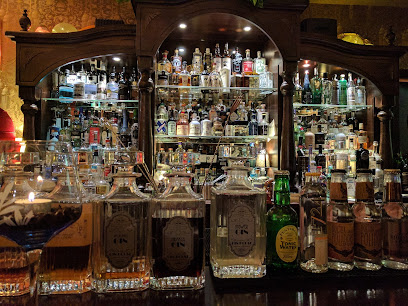
Twist Bar
0.7 km
Experience the vibrant nightlife of Dresden at Twist Bar, where creative cocktails and a chic atmosphere await every visitor.

The Red Rooster - Dresden
0.8 km
Discover The Red Rooster in Dresden - a lively pub offering delicious food, a wide array of drinks, and a vibrant atmosphere perfect for socializing.
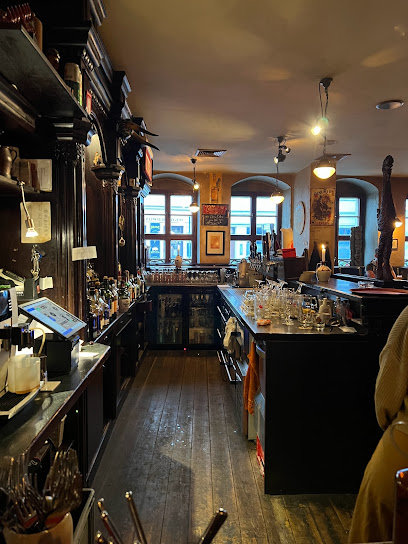
HERZ american bar - Dresden
1.0 km
Immerse yourself in the lively ambiance of HERZ American Bar in Dresden, serving exquisite cocktails and a taste of American bar culture.
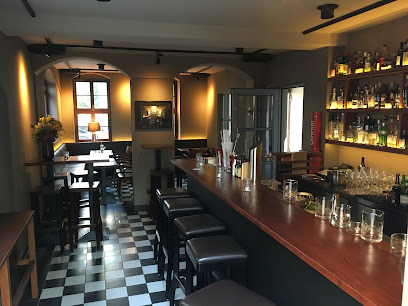
BBC – Bar Brasserie Cassis - Dresden
1.6 km
Discover the vibrant energy of BBC – Bar Brasserie Cassis, a top destination for drinks and light bites in Dresden's lively Neustadt district.
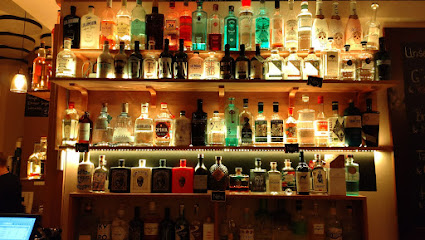
BBC Whisky & Gin House
1.7 km
Discover a refined selection of whiskies and gins in the heart of Dresden-Neustadt at BBC Whisky & Gin House, a premier bar for spirit enthusiasts.
